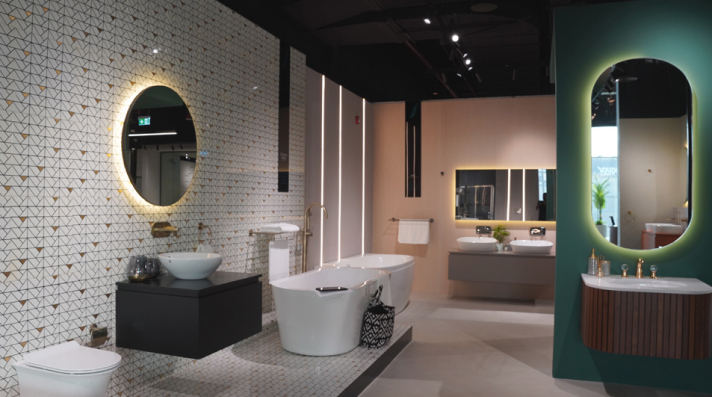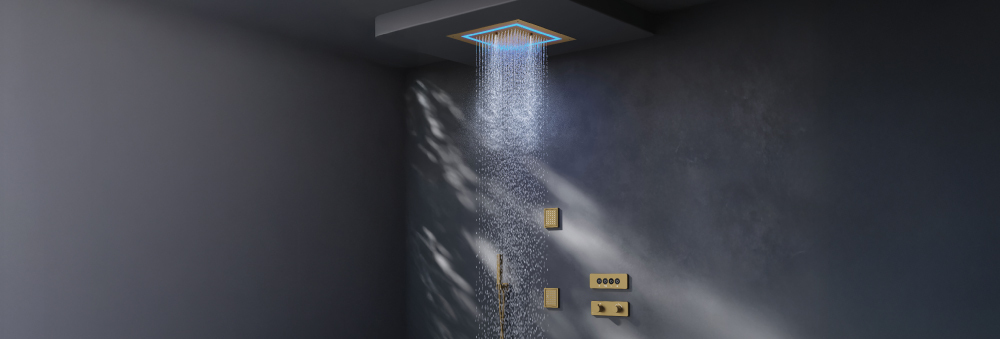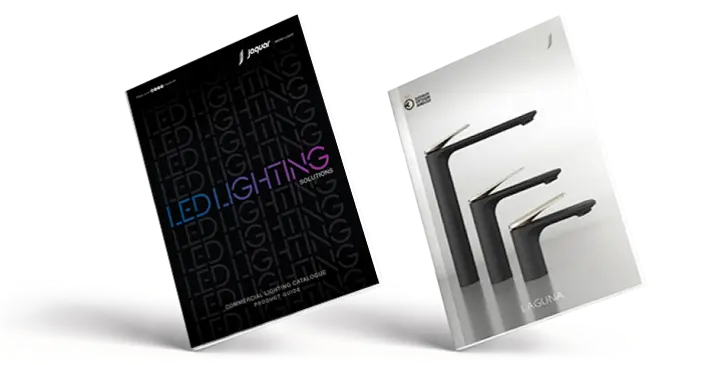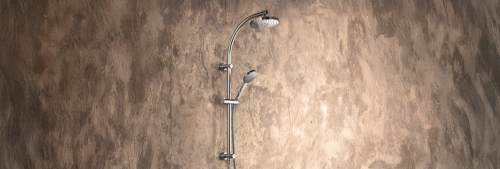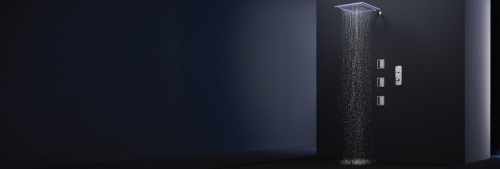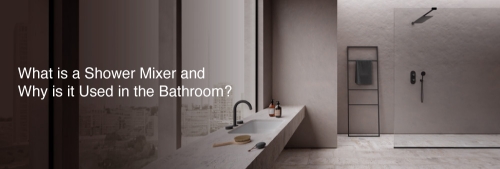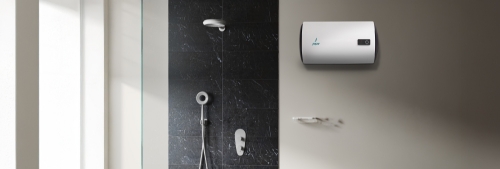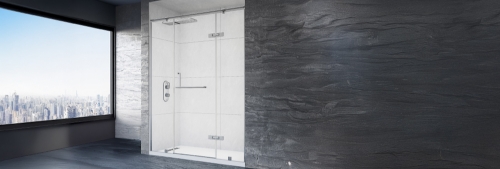Table of Contents
There’s nothing more frustrating than stepping into the shower after a long day, only to be met with a weak drizzle instead of a refreshing stream. A shower with low pressure not only takes away the joy of bathing but also makes it difficult to rinse properly, wasting both time and water. If you’ve ever wondered how to increase shower pressure at home, you’re not alone. Many homes face this problem due to plumbing issues, clogged fittings, or low supply pressure.
Brands like Jaquar offer premium shower heads and bathroom solutions that can help mitigate low water pressure, but even the best fittings may need a little care and attention. The good news is, there are simple ways to improve it. From quick DIY fixes to small upgrades like replacing shower heads or hoses, boosting the flow in your bathroom doesn’t always need a pump or major renovation. Let’s dive into expert tips and practical advice on how to increase water pressure in shower effectively.
Tips To Increase Shower Pressure
1. Check for Clogged Shower Heads
Over time, mineral deposits and dirt can block the nozzles of your shower heads, reducing water flow. The first step in fixing shower pressure issues is to unscrew the head and clean it thoroughly. Soak it in a vinegar solution for a few hours to dissolve limescale buildup. In many cases, this alone brings back more shower pressure.
2. Inspect Your Shower Hose
A twisted, old, or leaking shower hose can reduce water flow significantly. If your hose looks worn out, replacing it with a new one designed for high pressure can instantly improve your showering experience. Flexible hoses also ensure smoother water flow and prevent blockages inside.
3. Adjust the Water Aerator
If you’ve been searching for how to increase shower pressure without a pump, a simple fix lies in the water aerator. Located at the end of taps or fittings, aerators regulate flow. Sometimes, they get clogged with sediment, restricting water output. Cleaning or replacing the aerator can help increase water flow across your bathroom fixtures, including the shower.
Also Read: Shower Enclosure Installation Guide To Fit a Bath Enclosure Perfectly
4. Look for Plumbing Issues
Sometimes the problem isn’t with your fittings but with the plumbing. Leaks, narrow pipes, or sediment buildup inside pipes can cause low water pressure. If basic fixes don’t work, it’s worth calling a professional plumber to inspect your system and recommend whether pipe replacements or adjustments are needed.
5. Upgrade to a High-Pressure Shower Head
Not all shower heads are made equal. If your bathroom has chronically low water supply, switching to a high-pressure model can make a world of difference. These heads are designed to deliver more shower pressure by optimising water flow. Brands like Jaquar offer advanced shower fittings that combine design and performance, ensuring an enjoyable bathing experience even in areas with lower supply.
6. Check Your Main Supply Valve
Your home’s main water valve may not be fully open. A partially closed valve reduces the flow across all fixtures, leading to weak shower pressure. Locate the valve (usually near the water meter) and ensure it’s turned fully open.
Also Read: Water Heater Installation: A Step-By-Step Guide to Everyday Comfort
Final Thoughts:
Low shower pressure can feel like a daily annoyance, but it doesn’t have to be permanent. From simple DIY fixes like cleaning the shower head and aerator to smarter upgrades like replacing hoses or installing high-pressure fittings, there are many ways to restore a shower not having enough pressure.
For homeowners who want long-term reliability, investing in high-quality bathroom fittings is the smartest move. Jaquar designs showers and shower accessories that not only enhance pressure but also bring elegance and durability to your bathroom. With the proper adjustments, you can transform your shower into a rejuvenating experience every single day.
Know the details of Jaquar's bath & light range by downloading respective catalogues.
Download Catalogue
FAQs:
Q. Can I adjust the water pressure myself?
A. Yes, in most cases. Cleaning the shower head, checking the aerator, and ensuring the main valve is fully open are easy fixes you can do without professional help.
Q. Where can I adjust water pressure?
A. You can adjust water pressure at the main supply valve. If your home has a pressure regulator, tweaking it slightly can also help.
Q. What causes low water pressure?
A. Common causes include clogged shower heads, leaking pipes, sediment buildup, or partially closed valves. In some cases, it may be due to low supply pressure in your area.
Q. Can a shower head increase water pressure?
A. Yes. A high-pressure shower head is designed to optimise flow and give the feel of stronger water pressure even when supply is limited. Jaquar offers excellent models that enhance the experience without wasting extra water.
Q. What is the most common cause of low water pressure?
A. Clogged fittings or mineral deposits are usually the most common reasons. In older buildings, worn-out plumbing can also be a major factor.
#Tags
how to increase shower pressure, how to increase water pressure in shower, more shower pressure, how to increase shower pressure without a pump, shower not enough pressure
Explore Our Bathroom Categories:

